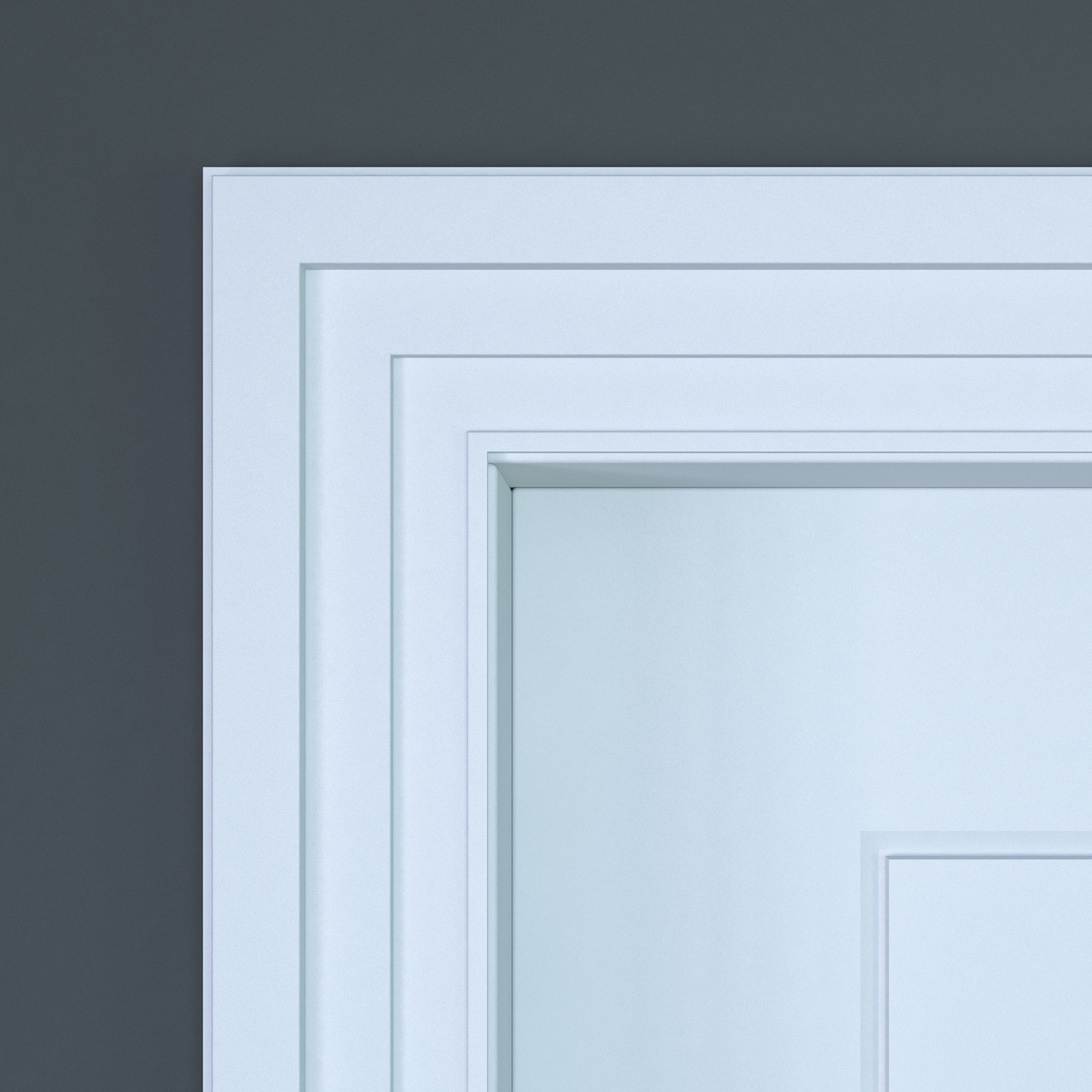Understanding Door and Window Casing
Door and window casing acts as a decorative framework surrounding these openings, playing a crucial role in both functionality and aesthetics. The primary purpose is to cover the gap between the wall and the door or window, offering a finished look and protecting drywall edges from wear. This casing moulding enhances the structural integrity of your openings and adds a polished touch to your design.
Casing profiles vary widely, each providing a unique style to complement your home's architecture. Options include simple flat casing for a modern aesthetic and ornate styles for traditional homes. Choosing the right profile can significantly impact the appearance of your rooms, making it essential to select a style that aligns with your taste and décor, especially when considering casing on doors and windows.
The importance of casing in home aesthetics is profound. It helps define the character of a space, setting the tone for the entire room. Whether you prefer a sleek contemporary look or a classic feel, the right door and window casing can elevate your interior design. At Ornamental.com, we offer an extensive selection of casing options, including decorative door casing and casement trim, to suit every style, enhancing your home's beauty and value effortlessly.
Popular Styles of Door and Window Casing
The style of door and window casing greatly impacts your home's overall aesthetic. Traditional styles feature intricate details and classic designs, while modern casing opts for clean lines and minimalistic profiles. Understanding these differences will help you choose a look that complements your home's architecture.
Among popular designs, Colonial, fluted, and stepped styles stand out. Colonial casing is renowned for its robust appearance and symmetrical lines, ideal for homes with a historic or traditional feel. Fluted casing, characterized by vertical grooves, adds texture and visual interest, enhancing room elegance. Stepped casing offers a contemporary twist on classic styles, providing depth without overwhelming the space. These styles of casing moulding can be used effectively as decorative door casing and window casing.
Choosing the right casing style involves considering your home's architectural style—modern, traditional, or a blend. It's crucial to harmonize casing with existing décor and consider materials and finishes, as these influence the look and feel. At Ornamental.com, we offer various casing options, including casement trim and decorative door casing, helping you achieve the perfect balance in your home.
Materials Used in Door and Window Casing
The materials used in door and window casing are pivotal to both aesthetics and functionality. Two common materials are wood and MDF (medium-density fiberboard), each offering unique benefits.
Wood is a traditional choice, boasting natural beauty and timeless appeal. It can be stained or painted to match any décor, providing design versatility. However, wood is susceptible to warping and cracking over time, especially in fluctuating humidity, which affects durability.
MDF is an engineered wood product that offers a smooth surface ideal for painting. It is less expensive than solid wood and resistant to warping, making it a practical option. However, MDF is not as durable as wood and can be prone to moisture damage, limiting its use in high-humidity areas.
The choice of material influences both the durability and appearance of your door and window casing. By considering the benefits and drawbacks of each option, you can select the best material to enhance your home's style and longevity, whether for door casing or window casing.

